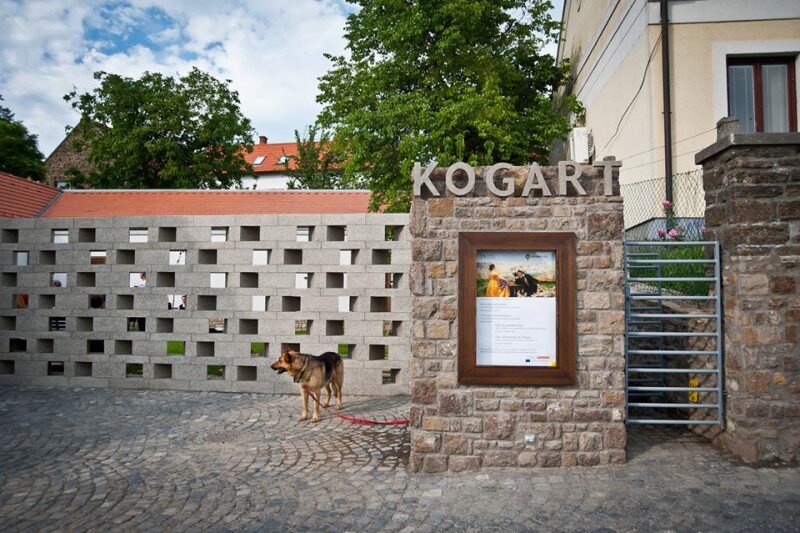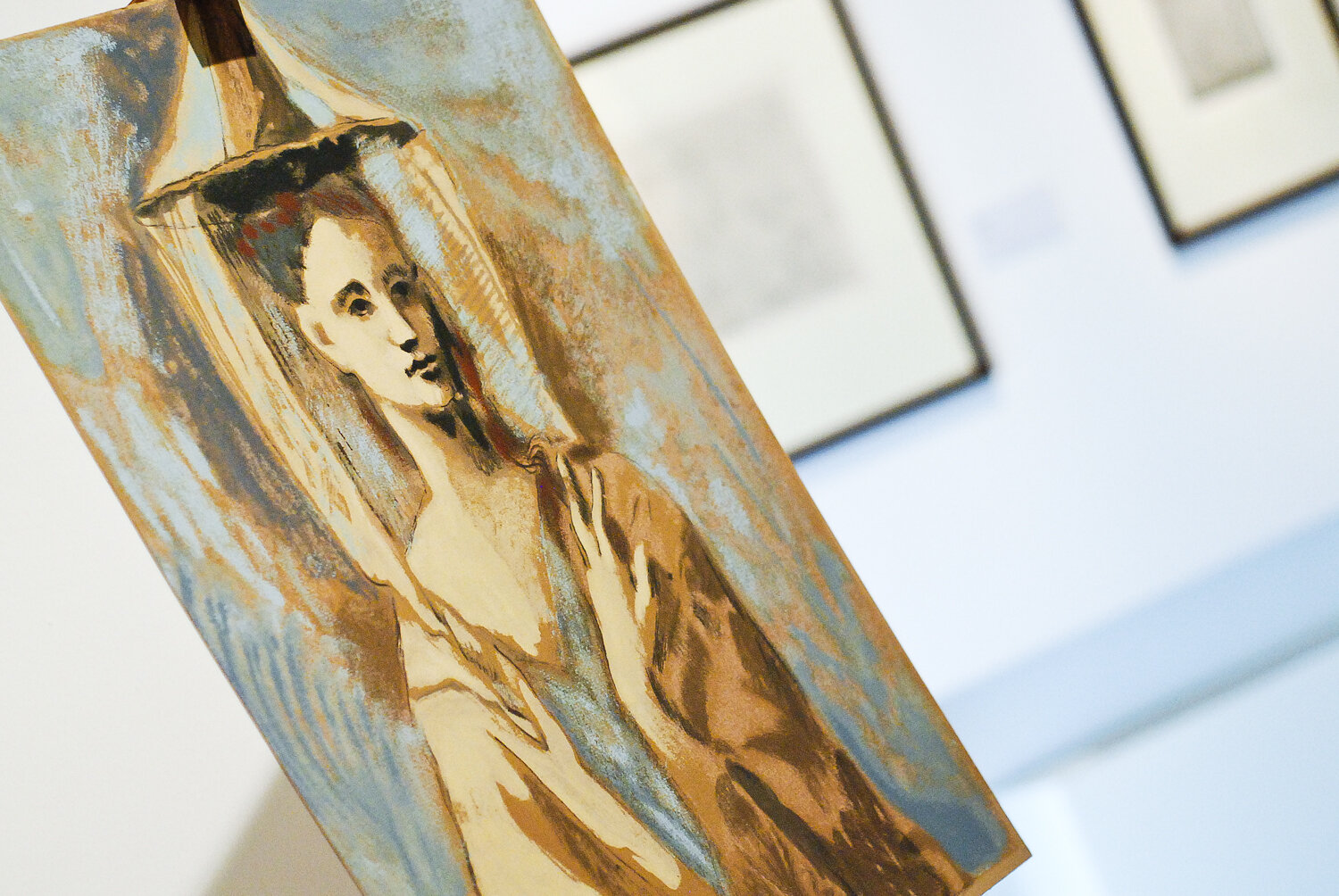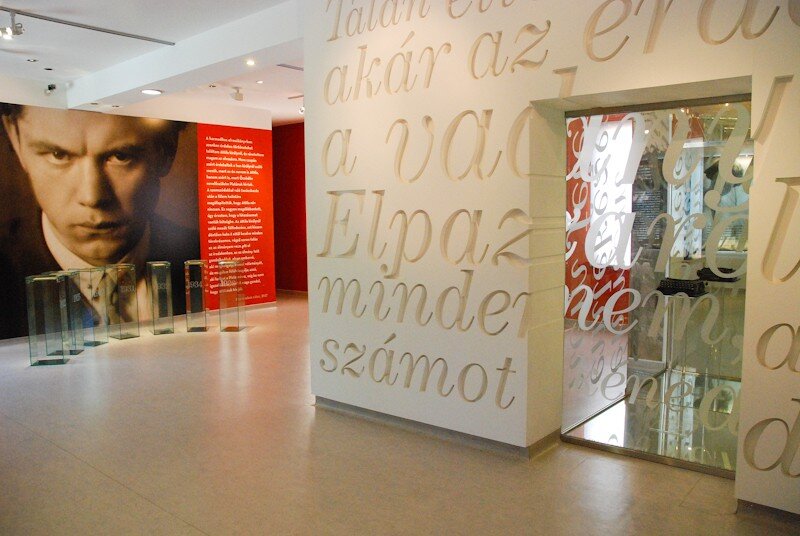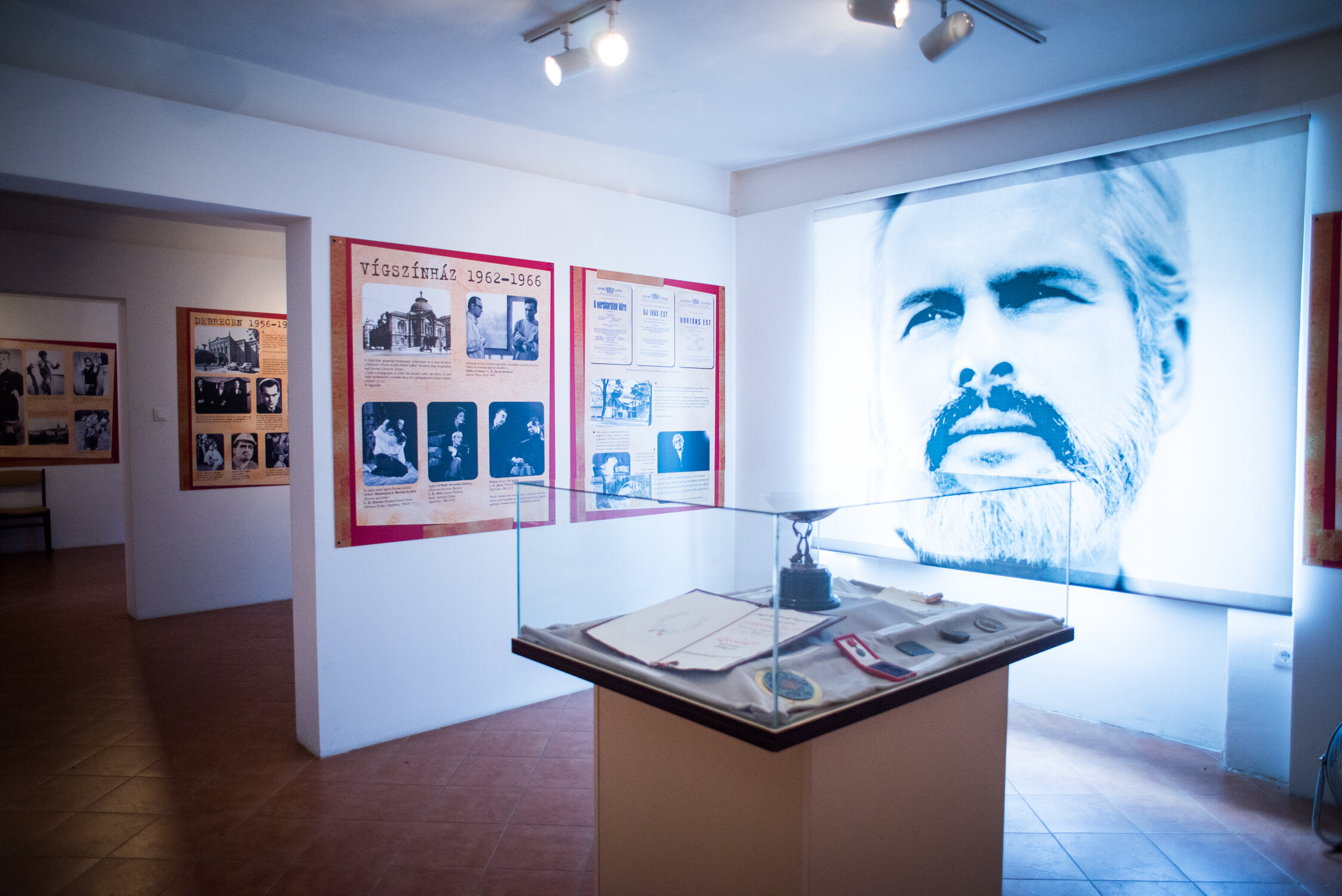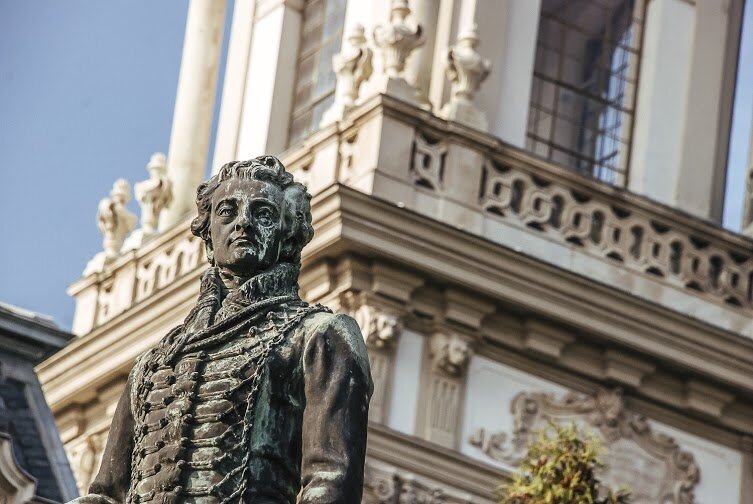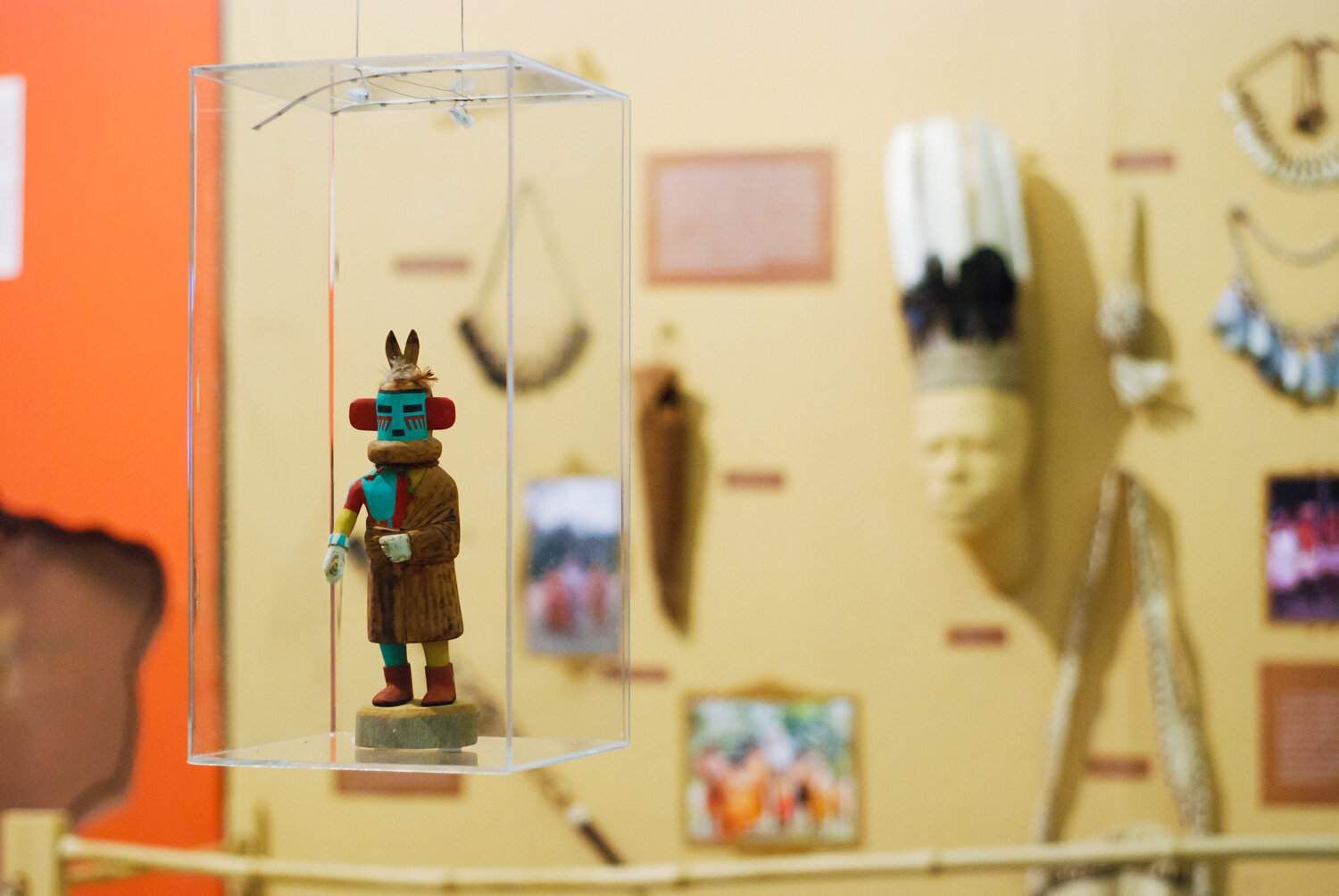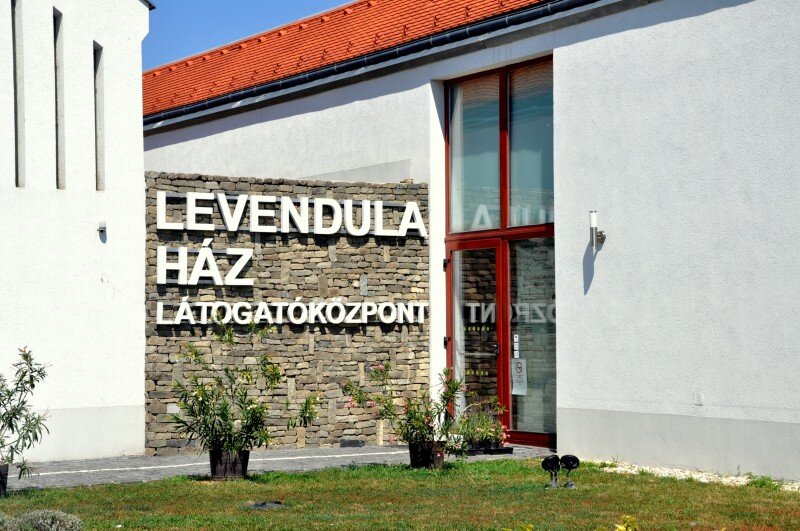You’d be wrong to think that high season around Balaton is over after August 20. While the summery events indeed start to disappear slowly, the museums of Balaton await visitors every time of year with open arms, or rather doors, even when beach food stands are in the process of preparing for hibernation.
1/7
KOGART Tihany
KOGART Tihany, the little brother of KOGArt House in Budapest, opened in June 2013 in the high street of the Balaton township. Associated with Gábor Kovács, the collection is one of the most prestigious private collections in Hungary, featuring pieces from a wide range of styles from contemporary art to Hungarian romanticism.
Fürdőélet, the museum’s current temporary exhibition showcases pictures by János Vaszary of beaches at Balaton and the Rivera, and can be viewed until November 1, at KOGART at 10 Kossuth Lajos utca, Tihany.
2/7
Balatonfüred
Vaszary Villa in Balatonfüred has been owned by the famous Vaszary family for more than a hundred years. The building of the summer residence was commissioned by Kolos Vaszary, who, after resigning as archbishop of Esztergom, lived in Füred until his death in 1915. Since the villa’s 2010 renovation, it has been the venue of various exhibitions by such renowned artists as equally famous relative and painter János Vaszary, Auguste Rodin, Joan Miró and Károly Hemző.
Vaszar Gallery is currently home to two temporary exhibitions: "Modern Hungarian paintings" (A modern magyar festészet remekei) is on until January 3, while "Top hat and ringlet" (Cilinder és lokni), featuring a selection of Austrian biedermeier paintings on loan from the Museum of Fine Arts, can be last viewed on December 31, 2017.
Stepping inside Jókai Villa, you suddenly find yourself in an era that was a hundred years ago – all that is missing from the perfect picture is Jókai himself with his aristocratic appearance, walking stick and white beard. The look of the memorial house’s interior is almost exactly in line with the style of the period thanks to Jókai’s desk, where he wrote one of his most famous novels, Az arany ember, his memorable binoculars, significant pieces from his walking stick, mineral and snail shell collections, as well as stage props and other relics belonging to his wife.
The extraordinary interactive exhibition showcasing the history of sailing is housed in the building of the first sailing club at Balaton. In the six rooms of Vitorlázeum, you can see various unusual pieces instead of traditional display cabinets: you can learn how to raise sails and tie knots, and with the help of a simulator you can test whether you’d be able to navigate the storm waters of Balaton.
3/7
József Attila Memorial House
The house in Balatonszárszó where Attila József spent his last days is now the location of the exhibition named after him. Gravely ill, Attila József left the house for the walk he’d never return from on December 3, 1937 – around 7:30pm he was struck by a freight train leaving the Szárszó station. The museum commemorates the last phase of the poet’s life with pieces received from Budapest’s Petőfi Museum of Literature as well as privately owned photos and documents.
4/7
Latinovits Zoltán Memorial Exhibition
Balatonszemes Latinovits Zoltán Community Centre, Library and Museum. That’s the full name of the cultural institution where visitors can explore the permanent exhibition created in homage of majestic actor Zoltán Latinovits. The exhibition features items from the collection of the Hungarian Theatre Museum and Institute, showcasing the most important moments of Latinovits’ life through pieces of writing and photos created by the actor, as well as documents related to his career. Why in Balatonszemes? Like Attila József, Latinovits also passed away under tragic circumstances – he died at the Szemes train station on June 4, 1976; the events surrounding his death remain unclear to this day. By establishing the exhibition, the local government aims to honour the memory of one of the greatest actors of the 20th century.
5/7
Keszthely
We’ve already talked about Keszthely as a town of museums, but let us mention here the town’s most popular and best known building, Festetics Palace, which houses Helikon Palace Museum, currently under construction. The Festetics family is one of Hungary’s most important dynasties, first being endowed with an earlship and later a dukedom – the members of the family have lived in the regal building for centuries. In the palace, which has been turned into a museum, visitors can explore an interior exhibition spanning 18 rooms, and learn about the life of the aristocracy in the 18th and 19th centuries through original items, authentically renovated pieces and splendid interiors. Even though the palace doesn’t normally provide accommodation, it’s possible to rent the ornate apartments and more simple hotel rooms located in the north wing of the complex during certain events.
We’re still in Keszthely: If you’re looking to find out as much as possible about the Hungarian sea, head to the town’s Balaton Museum, which is not only a shrine of old objects and invaluable relics, but it also paints a detailed picture of the lake from a cultural and scientific perspective. Along with the three permanent exhibitions (Roman and medieval rock collection, an aquarium displaying the flora and fauna of the lake, Aranyhíd – Chapters from the history of Balaton), the museum’s repertoire also includes temporary displays, conferences and literary evenings.
6/7
Veszprém
It would be a shame to point out only one of the main cultural attractions in the "City of Queens", so we have picked three. Laczkó Dezső Museum (previously called Bakony Museum) is the most significant museum of the county seat, housing about 260,000 pieces of art and 25,000 books. The permanent display tells the story of Veszprém and its wider surroundings. The museum’s two temporary exhibitions that are currently open to visitors are “Wandering through the world of folk motifs” (Kalandozás a népművészet motívumvilágában), running until March 20, 2016, and “A map full of scribbles” (Összefirkált térkép), showcasing the life and career of Lajos Kutasi Kovács, which closes in December of this year.
Braver adventurers should visit the Dungeon Museum, opened this May in Veszprém Castle, to view the permanent exhibition, which gives insight into the history of the prison. You can see the guard’s booth, the office of the commander and the bleak and tiny cells, among them the former cell of Cardinal of Veszprém and Prince Primate József Mindszenty, who was imprisoned by the Arrow Cross Party.
Those interested in contemporary art won’t feel bored in Veszprém: since 2003, Vass László Collection has had many of its artworks displayed at Modern Gallery at a number of permanent and temporary exhibitions – the selection of exhibited pieces is mainly associated with constructive-concrete art.
7/7
Visitor centres
Like unique 21st century museums, the visitor centres of the Balaton Uplands National Park primarily entice young and older visitors with scientific subjects. Tihany’s Lavender House has an interactive exhibition about the formation of the Tihany Peninsula and the history of lavender growing, and a gift shop where visitors can buy all kinds of lavender items.
When you enter Kis-Balaton House in Zalavár Historical Memorial Park, you almost feel like walking into the world of István Fekete’s beloved novel Tüskevár. The exhibition explains the history of Vársziget, and one of its most intriguing attractions is the “live broadcast”: you can see everything that’s happening in the specially protected areas of Kis-Balaton through a bunch of cameras.
To reach Pannon Observatory, you’ll have to drive a bit further than you’d normally have to for a museum, but you get plenty in return: you can pet a meteor, see a life-size Mars rover and a replica of Galilei’s hand-made telescope he created in the 17th century. Sci-fi fans will definitely find the journey to Bakonybél worthwhile, and those looking for a new cinema experience will appreciate the observatory’s unusual screenings: educational films are projected onto the building’s dome, which is 8 metres in diameter.

